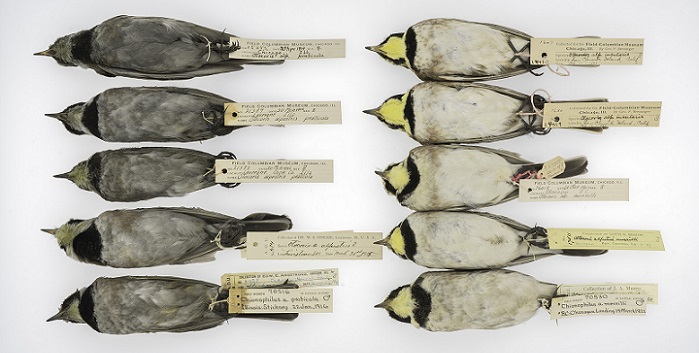Podcast: Play in new window

BOB HIRSHON (host):
Coal-colored birds. I’m Bob Hirshon and this is Science Update.
In the late 19th century, birds in North American industrial cities turned dark grey, covered in soot from factories. Now, by analyzing photographs of birds from museum collections, University of Chicago researchers Shane DuBay and Carl Fuldner have re-constructed an historical timeline of coal emissions beginning in 1880. Fuldner says soot levels on the birds closely tracked the ups and downs of the industrial economy, peaking around 1910.
CARL FULDNER (University of Chicago):
So in 1929 with the stock market crash, you would expect there would be a decline in black carbon, and that shows up directly in our data set with our birds.
HIRSHON:
The researchers report in the Proceedings of the National Academy of Sciences that the data fill in a 70-year gap in historical emissions records, and suggest that overall air pollution levels were higher than previously estimated. I’m Bob Hirshon, for AAAS, the science society.
Story by Susanne Bard
The Field Museum contributed to this study

 Identical Triplets
Identical Triplets